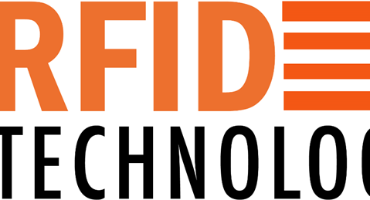RFID UHF (Ultra-High Frequency) technologies is one of the most powerful enablers for Returnable Transport Item (RTI) Management because it allows companies to automatically track, trace, and optimise their logistics assets (pallets, crates, totes, kegs, roll cages, IBCs, etc.) in real time.
Here’s how RFID UHF delivers the transformative benefits:
1. Boost Efficiency: Automate Tracking & Eliminate Errors:
Automatic Identification: UHF RFID labels and RFID tags can be read in bulk, without line of sight, as RTIs move through dock doors, conveyor portals, or vehicles.
Faster Check-in/Check-out: Instead of scanning barcodes one by one, hundreds of tagged RTIs can be identified in seconds.
Error-Free Processes: Human mistakes from manual scanning or paperwork are eliminated.
Real-Time Visibility: Managers know exactly where RTIs are, reducing delays and improving planning.
Example: At a distribution centre, pallets of reusable crates pass through an RFID gate, instantly updating ERP/WMS systems with inbound and outbound records — no manual scanning required.
2. Slash Costs: Optimise RTI Usage & Reduce Manual Labour
Prevent Loss & Theft: RFID enables real-time accountability of assets, reducing shrinkage and costly replacements.
Improve RTI Utilisation: Analytics show which RTIs are underused, idle, or stuck in the wrong location, allowing better circulation.
Lower Inventory Buffers: With precise RTI availability data, companies can reduce “safety stock” of transport items, saving capital.
Labour Savings: Staff no longer need to manually count or record RTIs, freeing time for higher-value tasks.
Example: A beverage company tracks kegs via RFID to ensure fast turnaround from customers, reducing the number of kegs they need to purchase.
3. Enhance Sustainability: Minimises Waste & Support ESG Goals:
Maximise Reuse: Accurate RTI tracking ensures each item completes more trips before replacement.
Reduce Single-Use Packaging: Reliable RTI circulation encourages businesses to replace disposable packaging with returnables.
Lower CO₂ Impact: Optimised logistics (fewer empty returns, better route planning) reduces transportation emissions.
ESG Reporting: Automated data collection provides audit trails for sustainability metrics, helping prove compliance with ESG standards.
Example: A grocery supply chain reduces single-use cardboard boxes by shifting to RFID-tracked reusable crates, cutting packaging waste and landfill impact.
Supporting Technologies:
UHF RFID Tags & RFID Labels: Durable, reusable, weather/impact resistant for RTIs.
RFID UHF Fixed Readers & RFID Antennas: Installed at dock doors, warehouses, and gates.
Mobile Handheld UHF RFID Readers: For mobile identification in yards, trucks, and customer sites.
RTI Management Software: Integrates with ERP/WMS to provide dashboards, alerts, and analytics on RTI flow.
Using RFID UHF for RTI management transforms logistics & transport by: Automating asset visibility (efficiency), Reducing losses and labour costs (savings) as well as Supporting circular economy models (sustainability).


